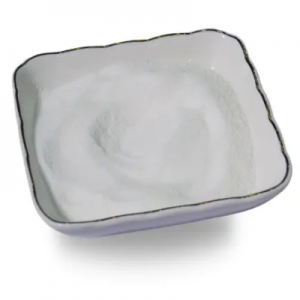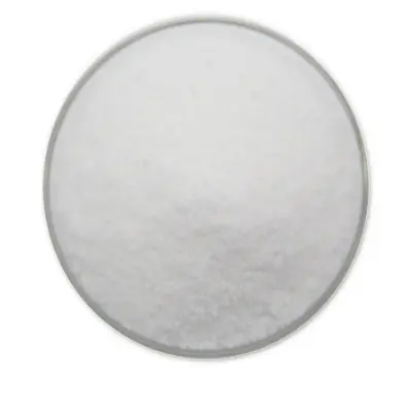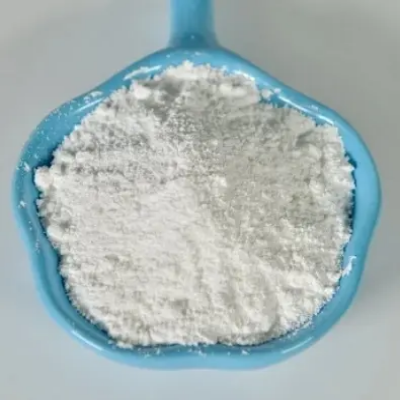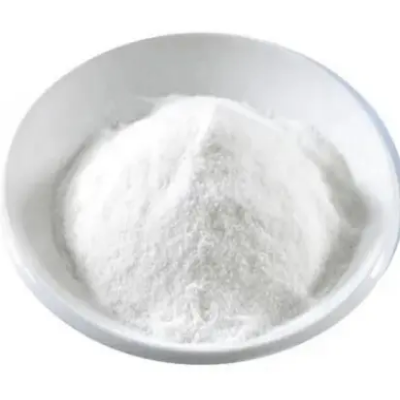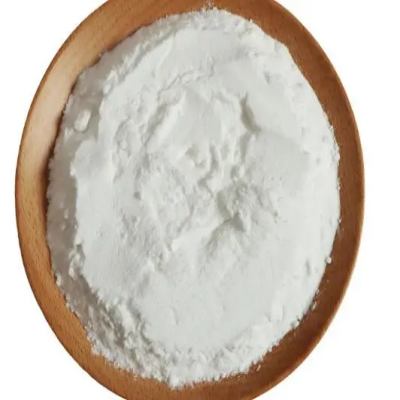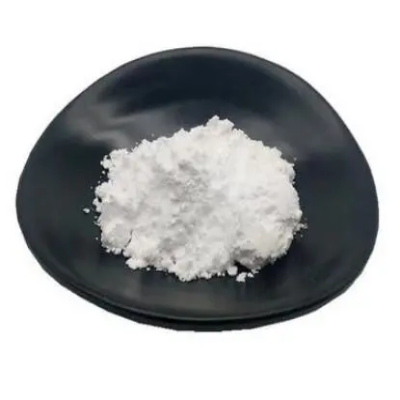APREPITANT INTERMEDIATES CAS:171482-05-6
Aprepitant intermediates exhibit structural characteristics essential for their role in the synthesis: Core Structure: They typically contain a core pharmacophore that is modified through sequential chemical reactions to ultimately yield aprepitant. Functional Groups: These intermediates possess specific functional groups that facilitate subsequent transformations, ensuring high yield and purity in the final product. Chirality: Some intermediates may be chiral, necessitating careful stereochemical control to maintain the desired pharmacological activity of aprepitant. Substituents: Various substituents are strategically placed to enhance binding affinity to the NK1 receptor, optimizing therapeutic efficacy. Pharmacological Significance The significance of aprepitant intermediates lies in their contribution to the pharmacological properties of the final drug: Potency and Selectivity: Each intermediate step plays a role in refining the pharmacological profile of aprepitant, ensuring it selectively targets NK1 receptors. Bioavailability: Structural modifications in intermediates influence the bioavailability and pharmacokinetic properties of aprepitant, crucial for its clinical effectiveness. Safety Profile: Control over intermediate synthesis allows for optimization of the drug's safety profile, minimizing adverse effects. Applications in Drug Development Aprepitant intermediates are pivotal in the development of novel therapeutic agents beyond CINV: Drug Discovery: Understanding intermediate chemistry aids in designing new NK1 receptor antagonists with improved efficacy and reduced side effects. Formulation Optimization: Insights from intermediate synthesis contribute to developing formulations that enhance patient compliance and treatment outcomes. Therapeutic Expansion: Potential applications extend to exploring NK1 receptor modulation in other conditions such as substance use disorders and psychiatric illnesses. Conclusion In conclusion, aprepitant intermediates are integral components in the synthesis pathway leading to aprepitant, a clinically important NK1 receptor antagonist used in managing CINV. Their structural complexity and functional diversity enable efficient production and optimization of aprepitant's pharmacological properties. Moreover, these intermediates serve as platforms for advancing drug discovery efforts, offering potential for developing next-generation therapies targeting NK1 receptors in broader therapeutic contexts. Continued research into their synthesis and pharmacological impact holds promise for further innovations in treating chemotherapy-induced nausea and vomiting and beyond.



| Composition | C20H19ClF7NO2 |
| Assay | 99% |
| Appearance | white powder |
| CAS No. | 171482-05-6 |
| Packing | Small and bulk |
| Shelf Life | 2 years |
| Storage | Store in cool and dry area |
| Certification | ISO. |



